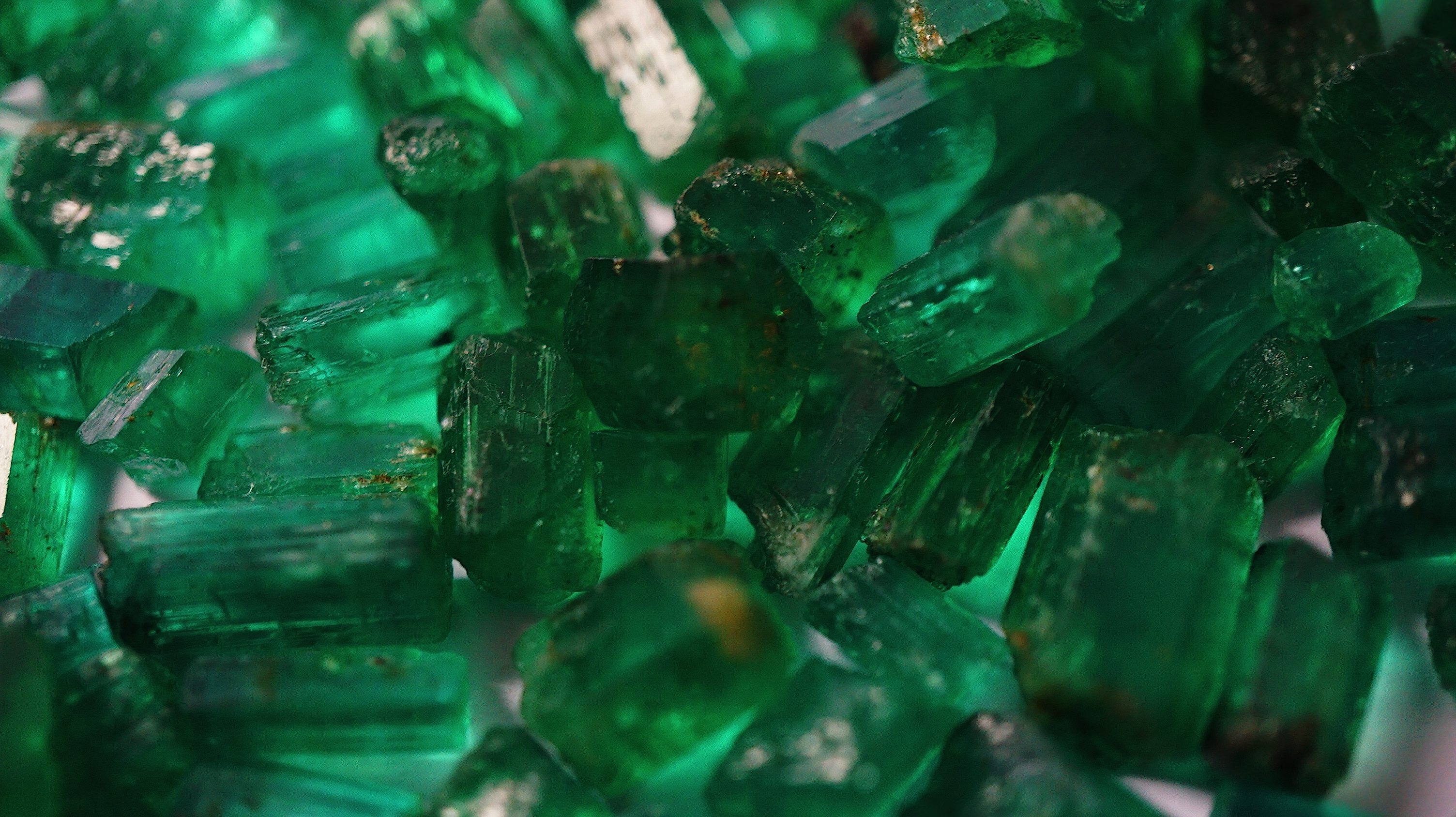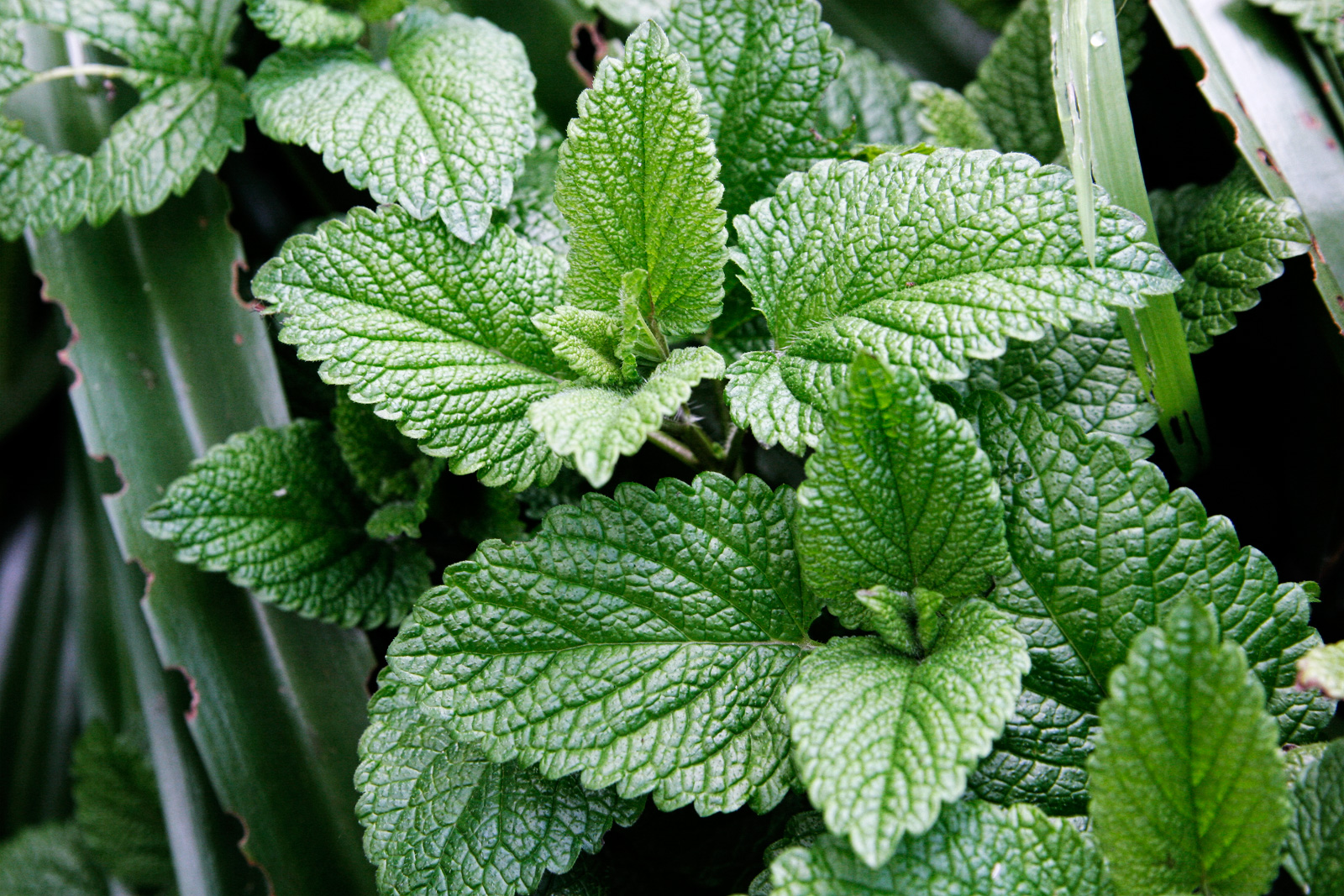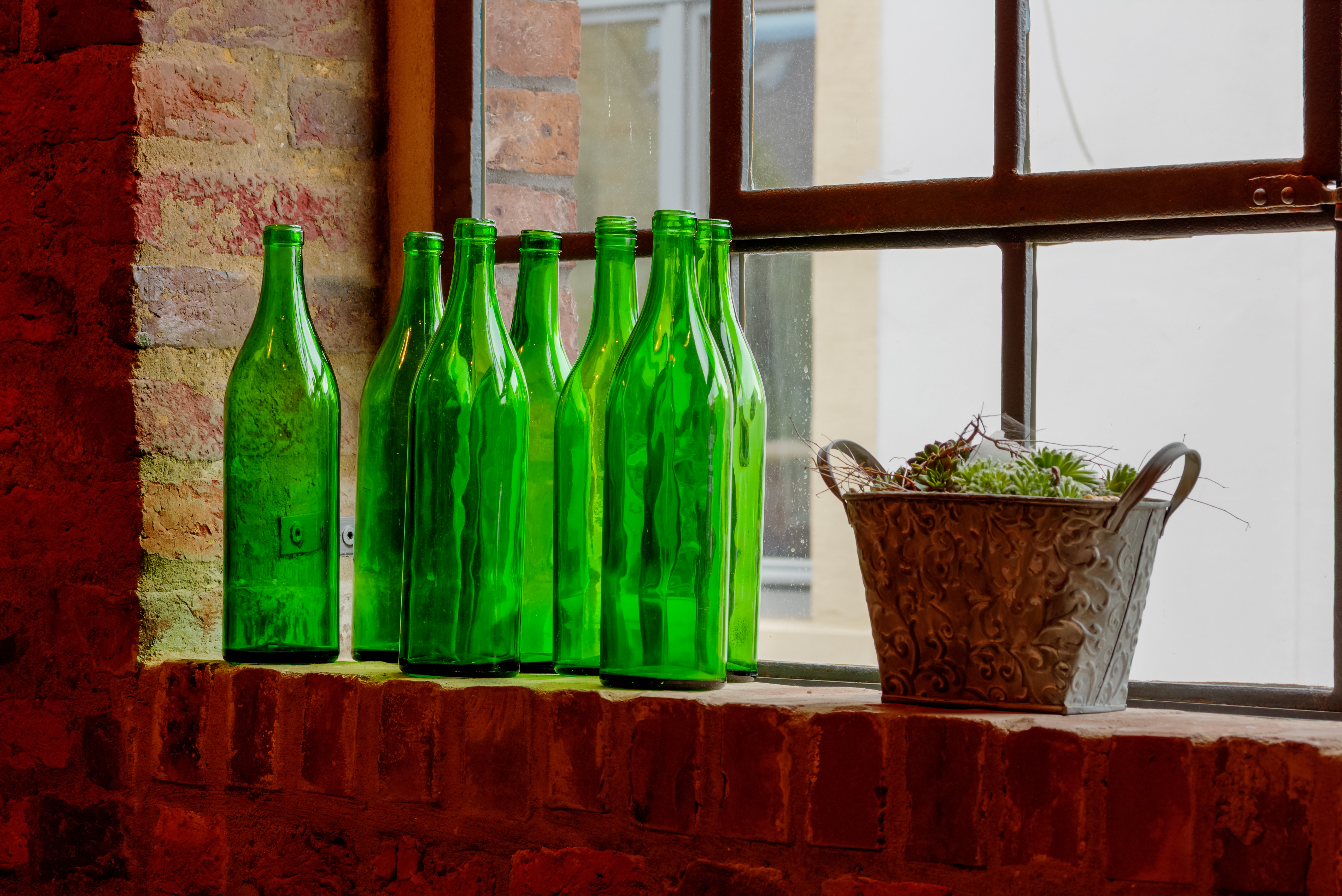Spring green (computer)
Spring green (HTML)
''Spring green'' is aMedium spring green
Displayed at right is the color medium spring green. ''Medium spring green'' is a web color. It is close to but not right on the color wheel and it is a little closer to cyan than to green.Dark spring green
At right is displayed the web color dark spring green.Additional variations of web spring green
Mint cream
Displayed at right is the web color mint cream, a pale pastelSea green
Medium sea green
At right is displayed the web color medium sea green, a medium Tints and shades, shade of spring green.Aquamarine
Spring green (traditional)
Spring bud
Spring bud is theAdditional variations of traditional spring green
Emerald

 ''Emerald'', also called ''emerald green'', is a tone of green that is particularly light and bright, with a faint bluish cast. The name derives from the typical appearance of the emerald gemstone.
The first recorded use of ''emerald'' as a color name in English was in 1598.
Ireland is sometimes referred to as the ''Emerald Isle'' due to its lush greenery. The May birthstone is emerald. Seattle is sometimes referred to as the ''Emerald City'', because its abundant rainfall creates lush vegetation. In the Middle Ages, ''The Emerald Tablet of Hermes Trismegistus'' was believed to contain the secrets of alchemy. "Emerald City", from the story of ''The Wonderful Wizard of Oz'', by L. Frank Baum, is a city where everything from food to people are emerald green. However, it is revealed at the end of the story that everything in the city is normal colored, but the glasses everyone wears are emerald tinted. The Green Zone in Baghdad is sometimes ironically and cynically referred to as the ''Emerald City''. The ''Emerald Buddha'' is a figurine of the sitting Buddha, made of green jade (rather than emerald), clothed in gold, and about 45 cm tall. It is kept in the ''Chapel of the Emerald Buddha'' (Wat Phra Kaew) on the grounds of the Grand Palace in Bangkok. The Emerald Triangle refers to the three counties of Mendocino County, California, Mendocino, Humboldt County, California, Humboldt, and Trinity County, California, Trinity in Northern California, United States because these three counties are the biggest marijuana producing counties in California and also the US. A county-commissioned study reports pot accounts for up to two-thirds of the economy of Mendocino. ''Emerald Cities: Urban Sustainability and Economic Development'' is a book published in 2010 by Joan Fitzgerald, director of the law, policy and society program at Northeastern University, about ecodesign, ecologically sustainable city planning.
Emerald was invented in Germany in 1814. By taking acetic acid, mixing and boiling it with vinegar, and then by adding some arsenic, a bright blue-green hue was formed. During the 19th century, the arsenic-containing dye Paris green was marketed as emerald green. It was notorious for causing deaths due to it being a popular color used for wallpaper. Victorian women used this bright color for dresses, and florists used it on fake flowers.
''Emerald'', also called ''emerald green'', is a tone of green that is particularly light and bright, with a faint bluish cast. The name derives from the typical appearance of the emerald gemstone.
The first recorded use of ''emerald'' as a color name in English was in 1598.
Ireland is sometimes referred to as the ''Emerald Isle'' due to its lush greenery. The May birthstone is emerald. Seattle is sometimes referred to as the ''Emerald City'', because its abundant rainfall creates lush vegetation. In the Middle Ages, ''The Emerald Tablet of Hermes Trismegistus'' was believed to contain the secrets of alchemy. "Emerald City", from the story of ''The Wonderful Wizard of Oz'', by L. Frank Baum, is a city where everything from food to people are emerald green. However, it is revealed at the end of the story that everything in the city is normal colored, but the glasses everyone wears are emerald tinted. The Green Zone in Baghdad is sometimes ironically and cynically referred to as the ''Emerald City''. The ''Emerald Buddha'' is a figurine of the sitting Buddha, made of green jade (rather than emerald), clothed in gold, and about 45 cm tall. It is kept in the ''Chapel of the Emerald Buddha'' (Wat Phra Kaew) on the grounds of the Grand Palace in Bangkok. The Emerald Triangle refers to the three counties of Mendocino County, California, Mendocino, Humboldt County, California, Humboldt, and Trinity County, California, Trinity in Northern California, United States because these three counties are the biggest marijuana producing counties in California and also the US. A county-commissioned study reports pot accounts for up to two-thirds of the economy of Mendocino. ''Emerald Cities: Urban Sustainability and Economic Development'' is a book published in 2010 by Joan Fitzgerald, director of the law, policy and society program at Northeastern University, about ecodesign, ecologically sustainable city planning.
Emerald was invented in Germany in 1814. By taking acetic acid, mixing and boiling it with vinegar, and then by adding some arsenic, a bright blue-green hue was formed. During the 19th century, the arsenic-containing dye Paris green was marketed as emerald green. It was notorious for causing deaths due to it being a popular color used for wallpaper. Victorian women used this bright color for dresses, and florists used it on fake flowers.
Viridian
At right is displayed the color viridian, a medium tone of spring green. The first recorded use of viridian as a color name in English was in the 1860s (exact year uncertain).Other variations of spring green
Green (CMYK) (pigment green)
The color defined as ''green'' in the CMYK color system used in printing, also known as ''pigment green'', is the tone of green that is achieved by mixing process (printer's) cyan and process (printer's) yellow in equal proportions. It is displayed at right.Green (NCS) (psychological primary green)
The color defined as ''green'' in the NCS or Natural Color System is shown at right (NCS 2060-G). The natural color system is a color system based on the four unique hues or psychological primary colors red, yellow, green, and blue. The NCS is based on the opponent process theory of vision.Green (Munsell)
The color defined as ''green'' in the Munsell color system (Munsell 5G) is shown at right. The Munsell color system is a color space that specifies colors based on three color dimensions: hue, value (lightness (color), lightness), and colorfulness, chroma (color purity), spaced uniformly in three dimensions in the elongated oval at an angle shaped Munsell color solid according to the logarithmic scale which governs human perception. In order for all the colors to be spaced uniformly, it was found necessary to use a color wheel with five primary colors—red, yellow, green, blue, and purple.Green (Pantone)
''Green (Pantone)'' is the color that is called ''green'' in Pantone. The source of this color is the "Pantone Textile Paper eXtended (TPX)" color list, color # green C, EC, HC, PC, U, or UP—green.Green (Crayola)
''Green (Crayola)'' is the color called ''green'' in Crayola crayons. Green was one of the original Crayola crayons introduced in 1903.Erin
At the right is displayed the color erin. The first recorded use of ''erin'' as a color name was in 1922.Bright mint
Displayed at right is the color ''bright mint''.Dark green
''Dark green'' is a dark shade of green. A different shade of green has been designated as "Shades of green#Dark green (X11), dark green (X11)" for certain computer uses.Dark pastel green
To the right is the color dark pastel green.Screamin' green
The color ''screamin' green'' is shown at right. This color was renamed from ''ultra green'' by Crayola in 1990. This color is a fluorescent color.Cambridge blue
Cambridge blue is the color commonly used by sports teams from Cambridge University. This color is actually a medium tone of ''spring green''. Spring green colors are colors with an h code (hue code) of between 135 and 165; this color has an h code of 140, putting it within the range of spring green colors on the RGB color wheel.Caribbean green
At right is displayed the color Caribbean green. This is a Crayola color formulated in 1997.Magic mint
At right is displayed the color magic mint, a light tint of spring green. The color ''magic mint'' is a light tint of the color Spring green (color)#Mint, mint. Ceramic tiles in a similar color, often with a contrasting black border, were a popular choice for bathroom, kitchen and upmarket hotel swimming pool décor during the 1930s. This is a Crayola color formulated in 1990 (later retired in 2003).Mint
The color mint, also known as mint leaf, is a representation of the color of Lamiaceae, mint. The first recorded use of ''mint'' as a color name in English was in 1920.
The first recorded use of ''mint'' as a color name in English was in 1920.
Mountain meadow
Displayed at right is the color mountain meadow. ''Mountain meadow'' is a Crayola crayon color formulated in 1998.Persian green
Persian green is aSea foam green
This is the Crayola version of the above color, a much brighter and lighter shade. It was introduced in 2001.Shamrock green (Irish green)
''Shamrock green'' is a tone of green that represents the color of shamrocks, a symbol of Ireland. The first recorded use of ''shamrock'' as a color name in English was in the 1820s (exact year uncertain).
This green is also defined as ''Irish green'' Pantone 347.
This green is used as the green on the Flag of Ireland, national flag of Ireland.
It is customary in Ireland, Australia, New Zealand, Canada, and the United States to wear this or any other tone of green on St. Patrick's Day, 17 March.
The California, State of California uses this shade of green of the grass under the bear on their Flag of California, state flag.
The Boston Celtics of the National Basketball Association use this shade for their uniforms, logos, and other memorabilia.
The first recorded use of ''shamrock'' as a color name in English was in the 1820s (exact year uncertain).
This green is also defined as ''Irish green'' Pantone 347.
This green is used as the green on the Flag of Ireland, national flag of Ireland.
It is customary in Ireland, Australia, New Zealand, Canada, and the United States to wear this or any other tone of green on St. Patrick's Day, 17 March.
The California, State of California uses this shade of green of the grass under the bear on their Flag of California, state flag.
The Boston Celtics of the National Basketball Association use this shade for their uniforms, logos, and other memorabilia.
Sap green
''Sap green'' is a green pigment that was traditionally made of ripe buckthorn berries. However, modern colors marketed under this name are usually a blend of other pigments, commonly with a basis of Phthalocyanine Green G. Sap green paint was frequently used on Bob Ross's Television program, TV show, ''The Joy of Painting''.Jade
''Jade'', also called ''jade green'', is a representation of the color of the gemstone called jade, although the stone itself varies widely in hue. The color name ''jade green'' was first used in Spanish in the form ''piedra de ijada'' in 1569.
The first recorded use of ''jade green'' as a color name in English was in 1892.
The color name ''jade green'' was first used in Spanish in the form ''piedra de ijada'' in 1569.
The first recorded use of ''jade green'' as a color name in English was in 1892.
Malachite
''Malachite'', also called ''malachite green'', is a color that is a representation of the color of the mineral malachite.Opal
Displayed at right is the color opal. It is a pale shade of cyan that is reminiscent of the color of an opal gemstone, although as with many gemstones, opals come in a wide variety of colors.Brunswick green
''Brunswick green'' is a common name for green pigments made from copper compounds, although the name has also been used for other formulations that produce a similar hue, such as mixtures of chrome yellow and Prussian blue. The pigment is named after Braunschweig, Germany (also known as Brunswick in English) where it was first manufactured. It is a deep, dark green, which may vary from intense to very dark, almost black. The first recorded use of ''Brunswick green'' as a color name in English was in 1764. Another name for this color is ''English green''. The first use of English green as a synonym for Brunswick green was in 1923. ''Deep Brunswick green'' is commonly recognized as part of the British racing green spectrum, the national auto racing color of the United Kingdom. A different color, also called ''Brunswick green'', was the color for passenger locomotives of the grouping and then the nationalized British Railways. There were three shades of these colors and they are defined under British Standard BS381C – 225, BS381C – 226, and BS381C – 227 (ordered from lightest to darkest). The Brunswick green used by the Nationalised British Railways – Western Region for passenger locomotives was BS381C – 227 (rgb(30:62:46)). RAL6005 is a close substitute to BS381C – 227. A characteristic of these colors was the ease for various railway locations to mix them by using whole pots of primary colors – hence the ability to get reasonably consistent colors with manual mixing half a century and more ago. The color used by the Pennsylvania Railroad for locomotives was often called ''Brunswick green'', but officially was termed ''dark green locomotive enamel'' (DGLE). This was a shade of green so dark as to be almost black, but which turned greener with age and weathering as the copper compounds further oxidized.Castleton green
''Castleton green'' is one of the two official colors of Castleton University in Vermont. The official college colors are green (PMS 343) and white. The Castleton University Office of Marketing and Communications created the Castleton colors for web and logo development and has technical guidelines, copyright and privacy protection; as well as logos and images that developers are asked to follow in the college's guidelines for using official Castleton logos. If web developers are using green on a university website, they are encouraged to use Castleton green. It is prominently used for representing Castleton's athletic teams, the Castleton Spartans.Bottle green
''Bottle green'' is a dark shade of green, similar to pine green. It is a representation of the color of green glass bottles. The first recorded use of ''bottle green'' as a color name in English was in 1816.
''Bottle green'' is a color in Prismacolor marker and pencil sets. It is also the color of the uniform of the Police Service of Northern Ireland replacing the Royal Ulster Constabulary's "Shades of chartreuse#Rifle green, rifle green" colored uniforms in 2001. It is also the green used in uniforms for South Sydney High School in Sydney.
''Bottle green'' is also the color most associated with guide signs and street name signs in the United States.
Bottle green is also the background color of the Flag of Bangladesh, as defined by the government of Bangladesh.People's Republic of Bangladesh Flag Rules, 1972 (Revised up to 2005)
The first recorded use of ''bottle green'' as a color name in English was in 1816.
''Bottle green'' is a color in Prismacolor marker and pencil sets. It is also the color of the uniform of the Police Service of Northern Ireland replacing the Royal Ulster Constabulary's "Shades of chartreuse#Rifle green, rifle green" colored uniforms in 2001. It is also the green used in uniforms for South Sydney High School in Sydney.
''Bottle green'' is also the color most associated with guide signs and street name signs in the United States.
Bottle green is also the background color of the Flag of Bangladesh, as defined by the government of Bangladesh.People's Republic of Bangladesh Flag Rules, 1972 (Revised up to 2005), Government of Bangladesh, Cabinet Division. Another name for this color is ''Bangladesh green''.
Dartmouth green
''Dartmouth green'' is the official color of Dartmouth College, adopted in 1866. It was chosen for being the only decent primary color that had not been taken already. It is prominently used as the name of the Dartmouth College athletic team, the Dartmouth Big Green. The Dartmouth athletic teams adopted this new name after the college officially discontinued the use of its unofficial mascot, the Dartmouth Indian, in 1974. Dartmouth green and white are the main colors of Lithuanian basketball club BC Žalgiris, Žalgiris Kaunas.GO Transit green
''GO green'' was the color used for the brand of GO Transit, the regional commuter service in the Greater Toronto Area. Between 1967 and 2013, the brand and color that has adorned each of its trains, buses, and other property generally remained unchanged. It also matched the shade of green used on signs for highways in Ontario. In July 2013, GO Transit updated its look to a two-tone color scheme.
Between 1967 and 2013, the brand and color that has adorned each of its trains, buses, and other property generally remained unchanged. It also matched the shade of green used on signs for highways in Ontario. In July 2013, GO Transit updated its look to a two-tone color scheme.
Gotham green
''Gotham green'' is the official color of the New York Jets as of 4 April 2019. The name is a reference to one of the Nicknames of New York City.Pakistan green
''Pakistan green'' is a shade of dark green, used in web development and graphic design. It is also the background color of the national flag of Pakistan. It is almost identical to the HTML/X11 Shades of green#Dark green (X11), dark green in sRGB and HSV color space, HSV values.Sacramento State green
In 2004, California State University, Sacramento rebranded itself as Sacramento State, while keeping the official name as the long form. In the process of rebranding a new logo was selected, and in 2005 it formalized the colors which it would use.Paris green
''Paris green'' is a color that ranges from pale and vivid blue green to deeper true green. It comes from the inorganic compound copper (II) acetoarsenite and was once a popular pigment in artists' paints.Spanish green
''Spanish green'' is the color that is called "''verde''" (the Spanish word for "green") in the ''Guía de coloraciones'' (''Guide to colorations'') by Rosa Gallego and Juan Carlos Sanz, a color dictionary published in 2005 that is widely popular in the Hispanophone realm.UNT green
UNT green is one of three official colors used by the University of North Texas. It is the primary color that appears on branding and promotional material produced by and on behalf of the university.UP forest green
At the right is one of the official colors used by the University of the Philippines, designated as "UP forest green". It is based on the approved color specifications to be used for the seal of the university.Hooker's green
''Hooker's green'' is a dark green color created by mixing Prussian blue and gamboge. It is displayed on the right. Hooker's green takes its name from botanical artist William Hooker (botanical illustrator), William Hooker (1779–1832) who first created it particularly for illustrating leaves.Aero blue
Aero blue is a fluorescent greenish-cyan color. Aero blue was used as rainshower in one of the Sharpie (marker), Sharpie permanent markers but not as bright on the marker. However, there is no mechanism for showing fluorescence on a computer screen.Morning sky
Morning sky, also known as Morning blue is a representation of the color of the morning sky. The year of the first recorded use of ''morning blue'' as a color name in English is unknown.
Feldgrau green
''Feldgrau'' (field grey) was the color of the field uniform of the German Army (1935–1945), German Army from 1937 to 1945, and the East German National People's Army, NVA armies. Metaphorically, ''feldgrau'' used to refer to the armies of Germany (the German Army (German Empire), Imperial German Army and the Heer [army] component of the ''Reichswehr'' and the ''Wehrmacht'').See also
* List of colorsReferences
{{Color topics Tertiary colors Shades of green Shades of cyan